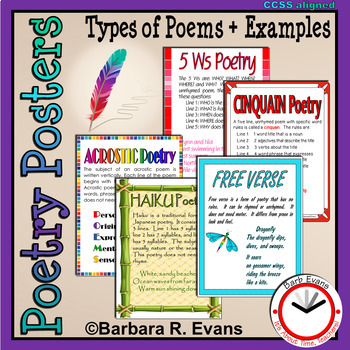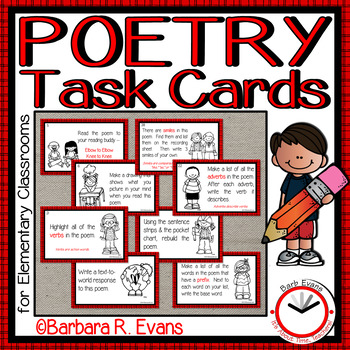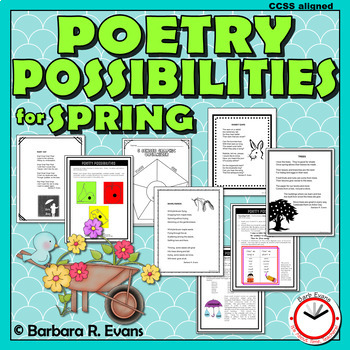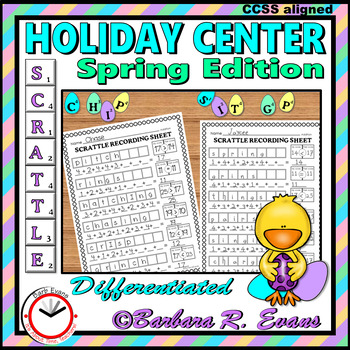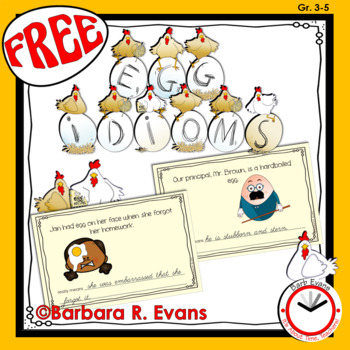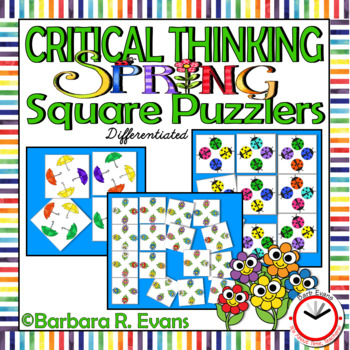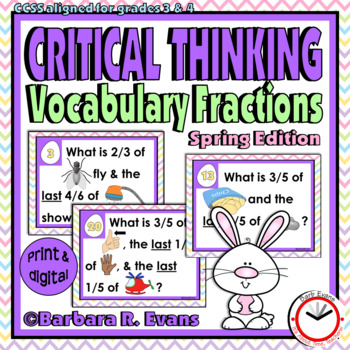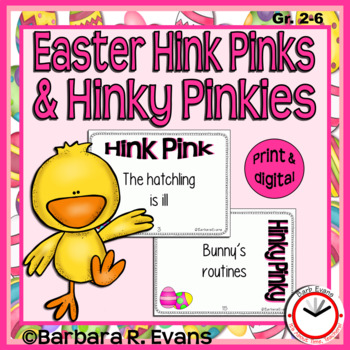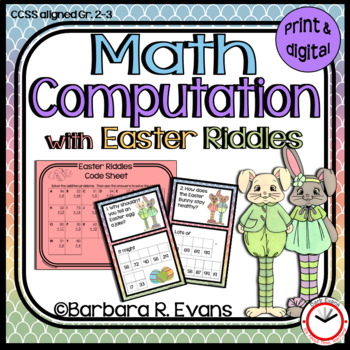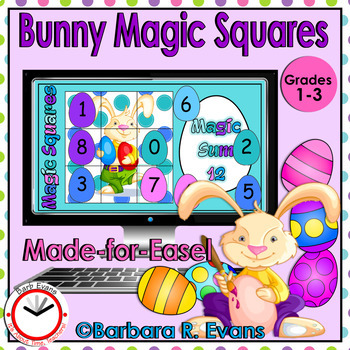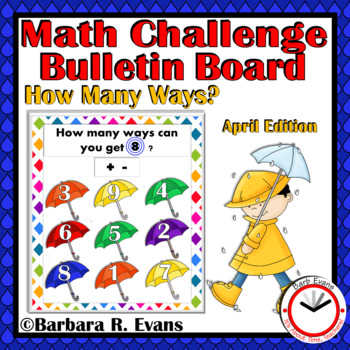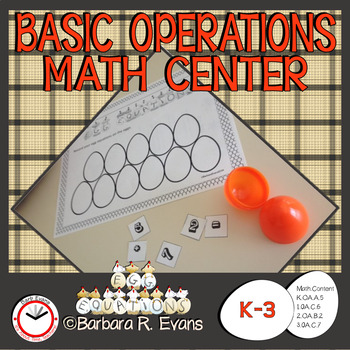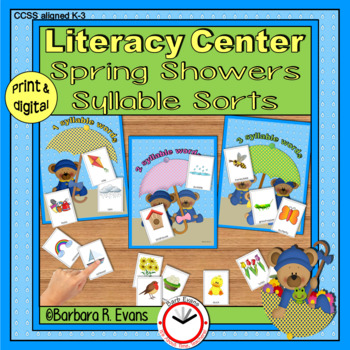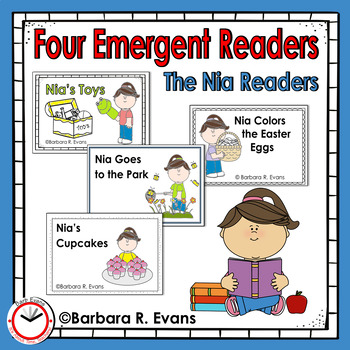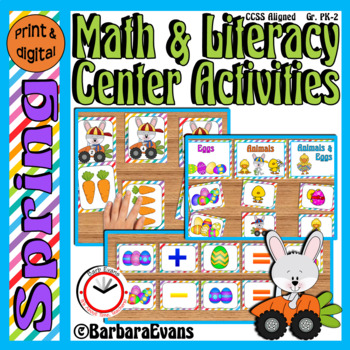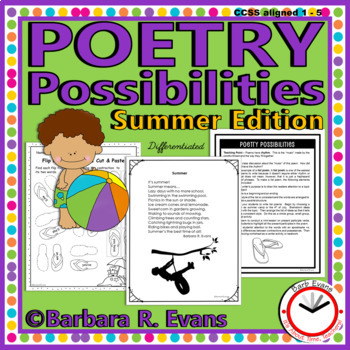It's about time, teachers, for National Poetry Month. So let's create some poetry!
A fun project for poetry month is to create a collage of spring things. (It's also a good way to use up construction paper scraps.)
Once the collage is completed, invite your lower grade poets to make a 5 senses poem. Provide a formula for the poem:
I see ____________________________
I hear ___________________________
I smell __________________________
I feel ____________________________
I taste ___________________________
Attach the poems to the collages and display them for the world to enjoy.
Older students could write triplets, quatrains, haikus, acrostics, ... really any form of poetry you'd like.
If you would like help with types of poetry, you may like this set of Poetry Posters --
You may also like:



